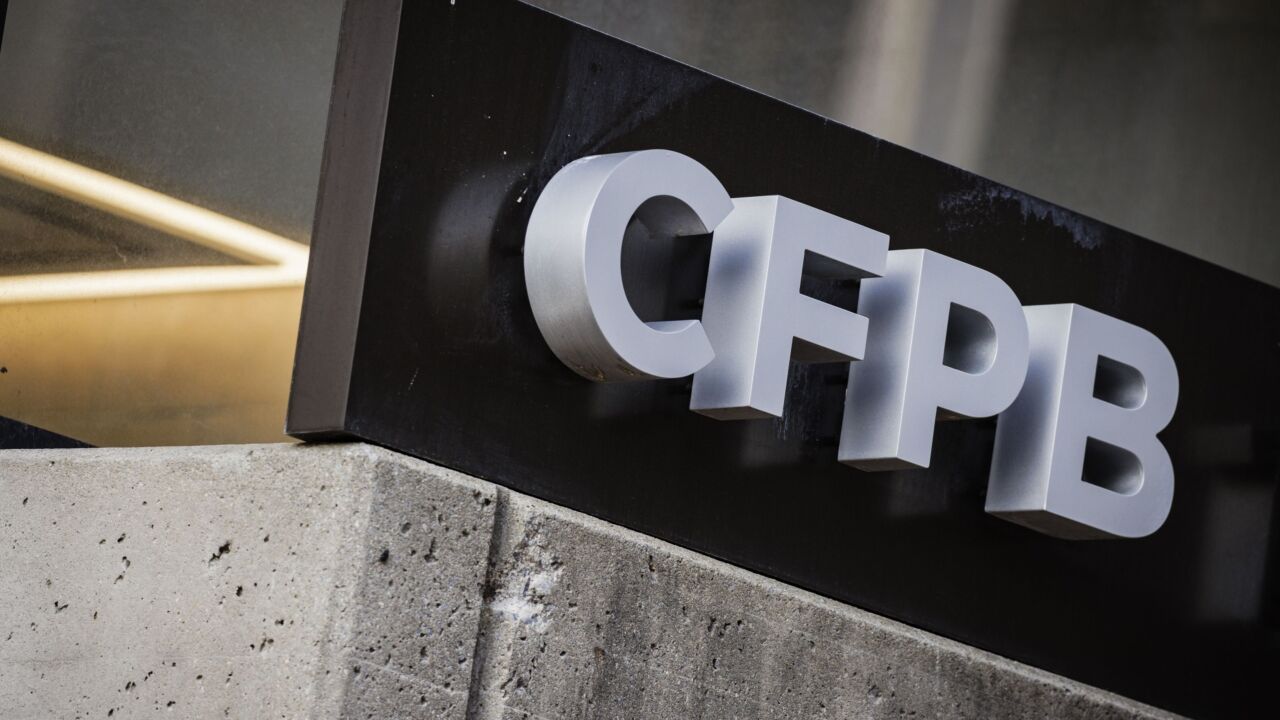Amazon's concept store seems like the ultimate line-busting system: People just grab what they need and walk out. But does it still leave a role for the traditional payment hardware manufacturers?
Terminal makers like Verifone and Ingenico have a right to feel concerned; they already faced a very real disruptive force from Square and other mobile point of sale providers. Noncompetitors like Groupon and Intuit even got into the game, stealing potential customers from the companies that dominate the payment hardware market.
Once again it seems like an outsider is looking to cut terminal makers out of the loop, and it's up to device makers to adapt.
In many cases, they already have. Starbucks may have wowed the mobile payment industry with its in-house app, but it never fully committed to its relationship with upstart Square, eventually severing its processing relationship to go with a more appealing offer from JPMorgan Chase.

Similarly, Apple Stores have long had a cashier-free experience, with any floor staff member able to ring up payments on a handheld device made by Verifone.
Payment terminal makers are watching these developments closely but so far they don't see any immediate threat.
"We're excited to see innovation continuing to grow around seamless payments, but we don't see these [cashier-free payments] use cases impacting demand for our secure terminals," said Greg Burch, vice president of strategic initiatives at Ingenico Group. "Use cases for this type of payment is still maturing and it remains to be seen if it can be sustained on a large scale with broad user acceptance across diverse market segments."
Verifone also takes the long view on retailers developing cashier-free checkout options. "We see ourselves playing a bigger role for our clients as payment/commerce technologies and retail models evolve," a Verifone spokesperson said.
Analysts point to several new approaches evolving around point of sale checkout.
“I believe there’s a role for the new technology that allows cashier-free, terminal-free checkouts, but it will likely be a long time before this trend impacts the way we check out of most retailers and the companies supporting those retailers,” said Gil Luria, managing director of research at Wedbush Securities.
It also bears noting that in most cases, checkouts that occur minus a terminal require merchants to pay a higher, card-not-present merchant discount rate, which could weigh against potential savings on personnel, Luria said. And self-checkout terminals based on traditional payment terminals that have existed in many big-box merchant locations from Home Depot to Kroger’s for years still account for only a fraction of total checkouts, he noted.
Walmart recently rolled out its
This new breed of checkout-and-pay apps from Amazon Go and Walmart are suggest a major paradigm shift away from retailers’ existing self-checkout processes at payment terminals that essentially blur the lines between the roles of shopper and employee, observers say.
“What Amazon Go and other stores are doing by putting shopping and payments into the app is triggering a shopping journey that begins before you go to the store, where you create lists and reminders or you get notifications based on your previous purchases, which is a different experience than just scanning your own items at a payment terminal,” said Richard Crone, CEO of Crone Consulting LLC.
Systems like Amazon Go most likely represent the beginning of a “very gradual” migration away from traditional retail checkout models, said Rick Oglesby, president of AZ Payments Group. Because Amazon Go is a single-store pilot that is open only to Amazon employees, it’s too early to predict its potential effect on the payment terminal industry, he said.
“Amazon Go is a long way from transforming retail in a general sense, but it will speed up investment by competitive retailers and by technology companies, so it’s likely to accelerate things [in payments technology] quite a bit,” Oglesby said.




